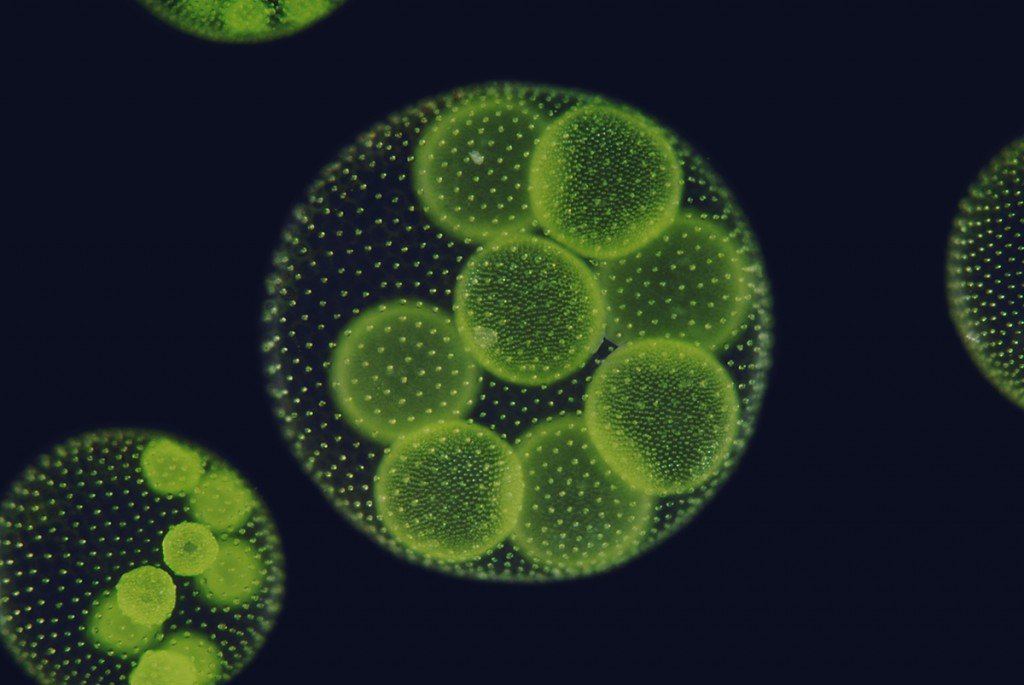Microalgae may be new natural source for antibiotics
June 29, 2015 | Monday | News | By BioSpectrum Bureau
Microalgae may be new natural source for antibiotics
(Photo Courtesy: www.solazyme.com)
Bacteria are resourceful, and their growing resistance to antibiotics has drawn attention and caused concern worldwide.
There is an urgent need to find new sources of antibiotics. Among other options, scientists are turning to natural compounds from relatively unexplored microorganisms.
An article published in Phycologia looked at one such group of microorganisms: microalgae.
Researchers have investigated only a few species so far, but work with freshwater microalgae collected from remote, scientifically unexplored regions in northern Canada has produced several promising candidates for antibiotics.
Microalgae are found everywhere: in lakes, rivers, garden ponds, even swimming pools. Yet little research has focused on them as potential antibiotics.
Most antibiotics used today were created from bacteria, and the increasing resistance of the bacteria has prompted research into synthetic variations.
The article argues that microalgae may be another potential source of resistance-proof antibiotics.
Researchers have found that microalgae can survive in and adapt to a range of harsh environmental conditions.
Changes in temperature, light, pH, salinity, and the availability of nutrients have been extensively studied for their effects on microalgal growth.
The adaptability of the microalgae suggests that they can develop resistance against a variety of stresses.
Microalgae also produce compounds that can stand up to the activity of some of the bacteria that sicken people.
When their environment changes, these microorganisms produce even more antibacterial compounds. The ability of microalgae to survive and adapt to a range of environments may be highly valuable to drug manufacturers.
This makes them a potential resource in manufacturing antibiotic drugs.
Advances in technologies that can detect, purify, and identify the antibacterial compounds produced by microalgae only increase the possibilities for new antibiotics.
Still, there are no commercially available antibiotics from microalgae.
More research is needed into these microorganisms to take advantage of this 'untapped' source.










